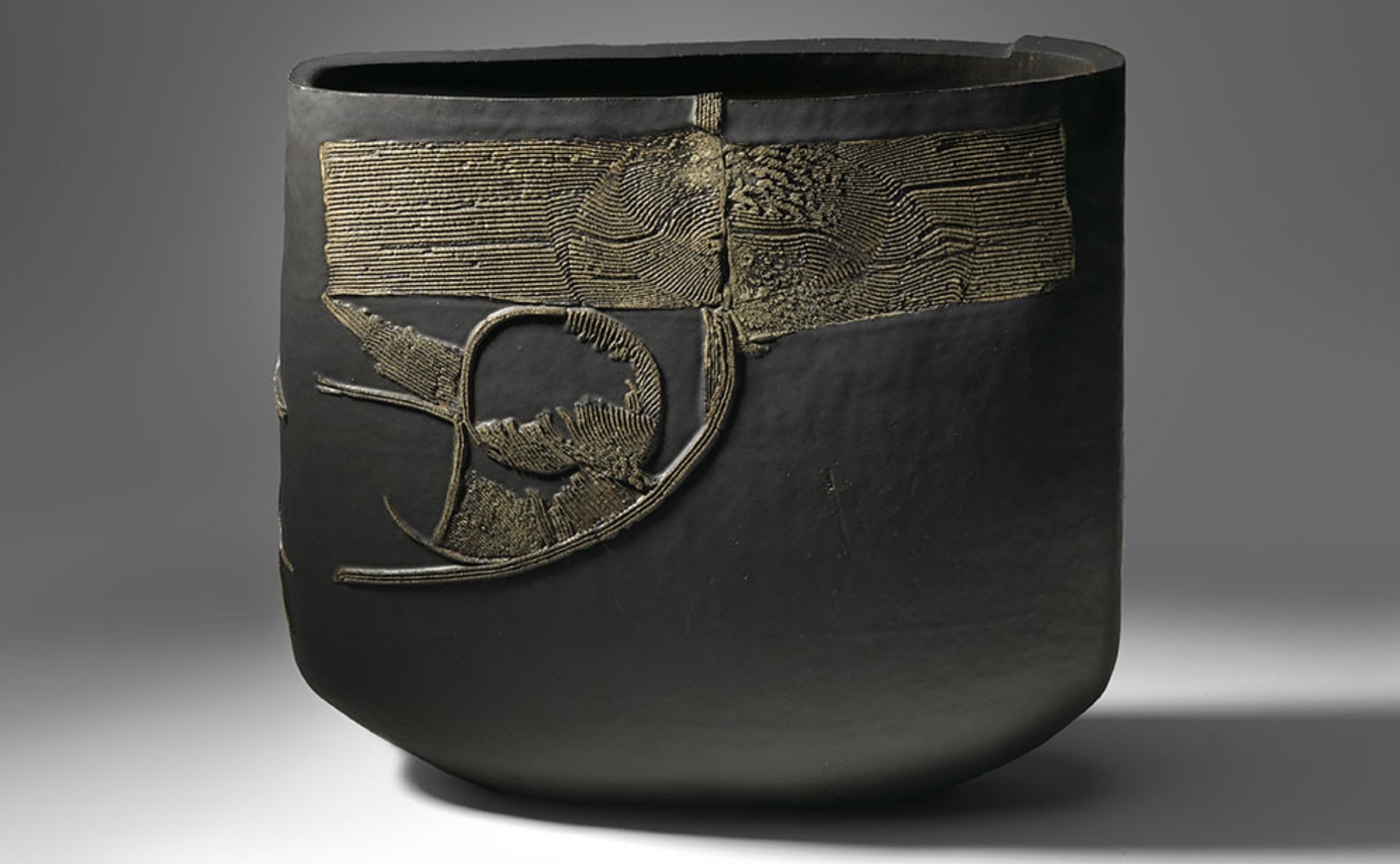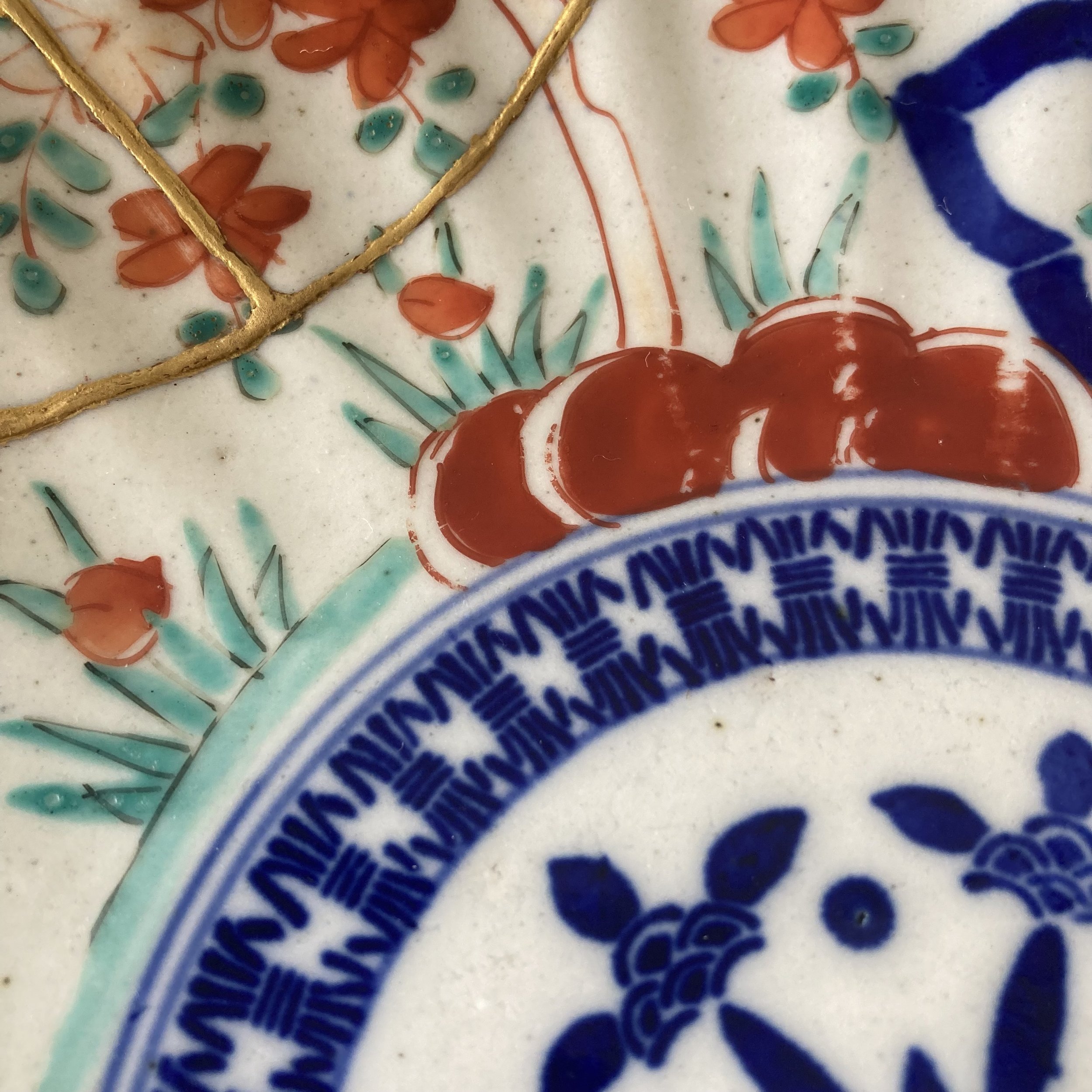Journey to Japan’s porcelain heartland
My love for Japanese porcelain is generations deep.
Until now it has run on a parallel track to my own ceramics practice. This year the tracks will converge as I take up an artist residency at Kouraku Kiln in Arita.
These tracks run from my grandmother Josephine, a beautiful and complicated woman with childhood memories of her own parents collecting 19th century Chinese silks and European ‘Japonaise’ ceramics.
Jo loved making pots and had a deep admiration for Japanese aesthetics.
She took up ceramics in mid-life, initially as a form of therapy.
It would take me until 2022 to understand what that therapy really meant, at a visceral level.
My memories with Granny Jo bounce between the elegant designs of her 1970s Ikebana books and the messy groggy reality of making small pots with tiny hands in her garage studio.
In the 1970s, Jo joined Hiroe Swen’s Bimbimbi Ceramic Study Group, a collective of women potters. Her decorative style reflected that experience. Contemporary Japanese aesthetics became a part of her work.
Hiroe Swen, 1975 handbuilt vase (NGA collection)
Such was the influence that when I saw Hiroe’s work in person for the first time at Sturt Gallery, the nostalgia I felt brought me close to tears. Jo’s own work was firmly within this modernist style, a far cry from the ornate and heavily decorated antique Japanese porcelain she also admired.
Oh the antique ceramics track of my life. How to convey this collective obsession in my family. Let’s just say I never stood a chance but to go with it.
For years, regular gatherings of both sides of my family were conducted at a certain kind of auction.
The kind where you could rummage through and hold the ceramics (and bite them if nobody was looking—iykyk). In these spaces, our family connected over design, provenance and speculations about price and value.
We would, of course, collectively defer to my learned aunt Rose—Josephine’s daughter, former antique dealer and collector of beautiful Japanese porcelain.
There is a lot more I could say about how these parallel tracks have guided my life. Another day I will tell you the story of why the plate above needed its kintsugi repair.
But for now, let’s turn back to the present.
What an incredible opportunity to spend the months of June and July this year at Kouraku Kiln. Needless to say I am extremely excited!
I am also extremely grateful for the financial support of artsACT, the Capital Arts Patrons Organisation, and everyone who has donated to my Australian Cultural Fund fundraiser (it’s tax deductible! there’s still time to donate!).
Kouraku Kiln is an artisanal porcelain factory that was established at the end of the Edo period in 1865. It is a family business now running in its 5th generation, where every piece is crafted by hand. It is located in the historic town of Arita, the birthplace of Japanese porcelain production.
During this residency I will have the opportunity to deepen my porcelain practice and add new design elements into my future pieces.
In addition to learning about the history and culture of Japanese porcelain, I will focus on experimenting with new wheel thrown forms and surface decorations. I will experiment with overglaze painting (new to me), bespoke decals and of course using as much gold lustre as I can afford.
I’ll also be working with local Arita porcelain. This is a mind-blowing opportunity to experience a globally significant material. For those not yet familiar with Arita porcelain, just imagine Europe going crazy for Japanese porcelain for about a hundred years and you’ll get the right idea.
You might imagine the inspiration for an ornate English blue and white dinner set, with hand painted colourful flowers and plenty of gold, bought in the late 19th century by my great-grandfather from a trader going past on foot.
Now imagine the real thing.










